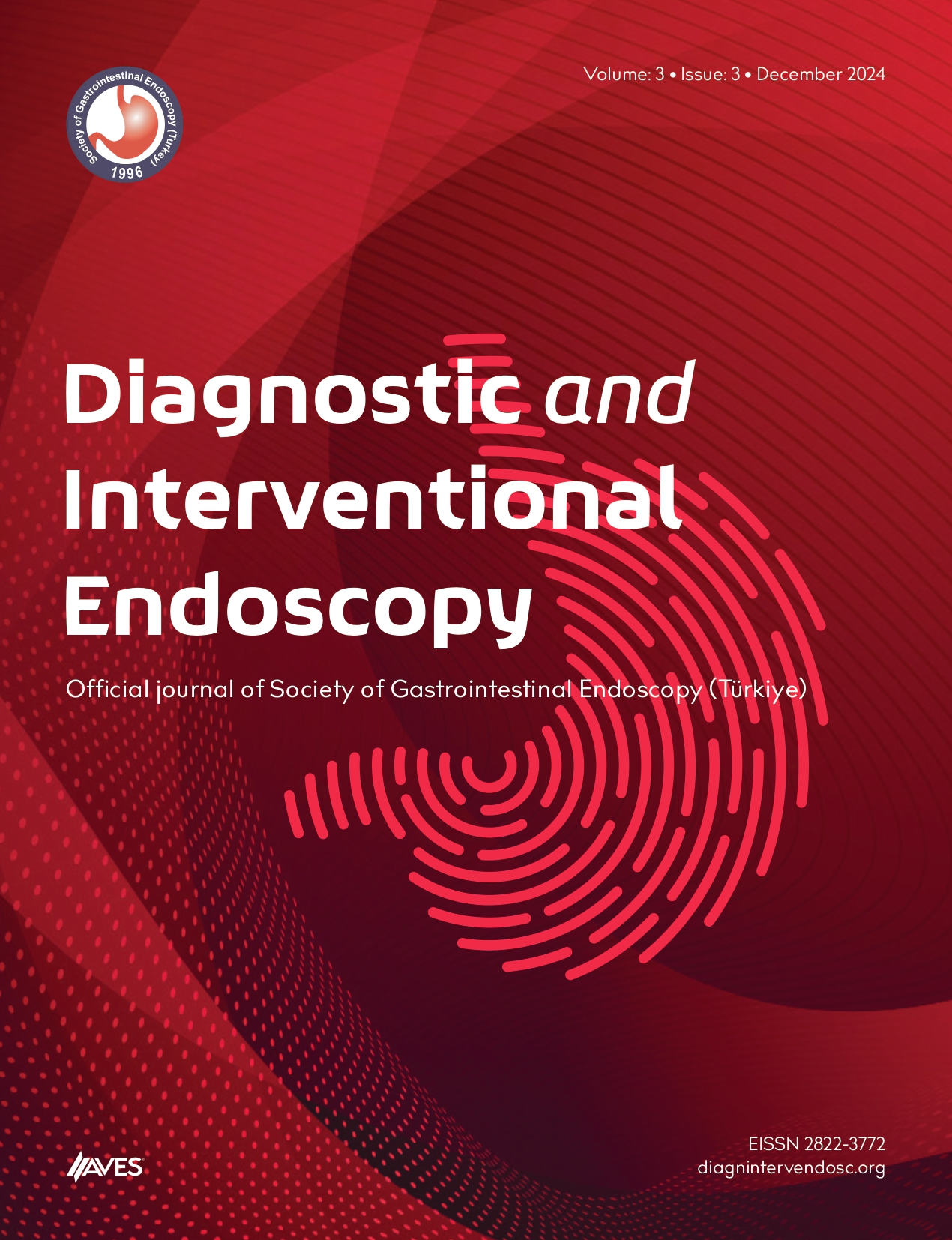Cholangioscopy remains a key tool for the assessment of clearance of the biliary system in the management of hepatolithiasis either in laparoscopic or open common bile duct exploration. A fiber optic bronchoscope (Ambu® aScope™ 2, Ambu UK Ltd, Cambridgeshire, UK), from the anesthesia cart, can be utilized in place of a specific choledochoscope for the same. A middle-aged male patient was planned for open common bile duct exploration and bilioenteric anastomosis for choledocholithiasis and hepatolithiasis, not amenable for endoscopic clearance. After choledochotomy and stone clearance, a sterile pediatric fiber optic bronchoscope, selected from the anesthesia cart, was utilized as a choledochoscope for intraoperative cholangioscopy and complete stone clearance was assured. The biliary system was explored up to tertiary biliary radicals as well as distal common bile duct up to the duodenum. Bilioenteric anastomosis was done after assurance of complete stone clearance. The patient was discharged on postoperative day 4. Fiber optic bronchoscope can be used for intraoperative cholangioscopy as a makeshift choledochoscope as good resource utilization with minimal logistic issues.
Cite this article as: Kumar Malviya N, Pathak S, Aggarwal M, HS P, Prakash A. Use of fiber optic bronchoscope as makeshift choledochoscope for intraoperative cholangioscopy in management of hepatolithiasis, a borrow from anesthesia cart – A case report. Diagn Interv Endosc. 2023;2(2):46-49.

.png)


.png)